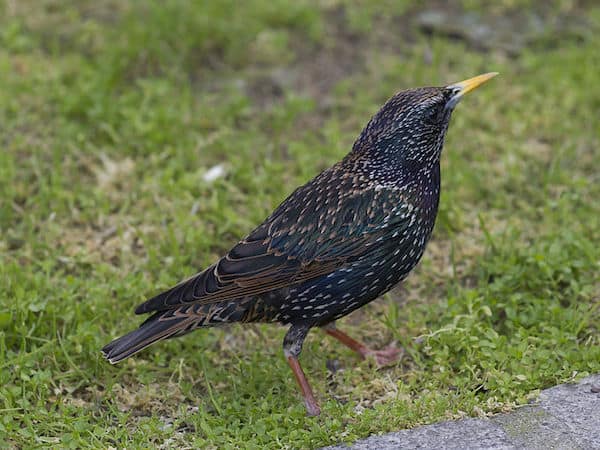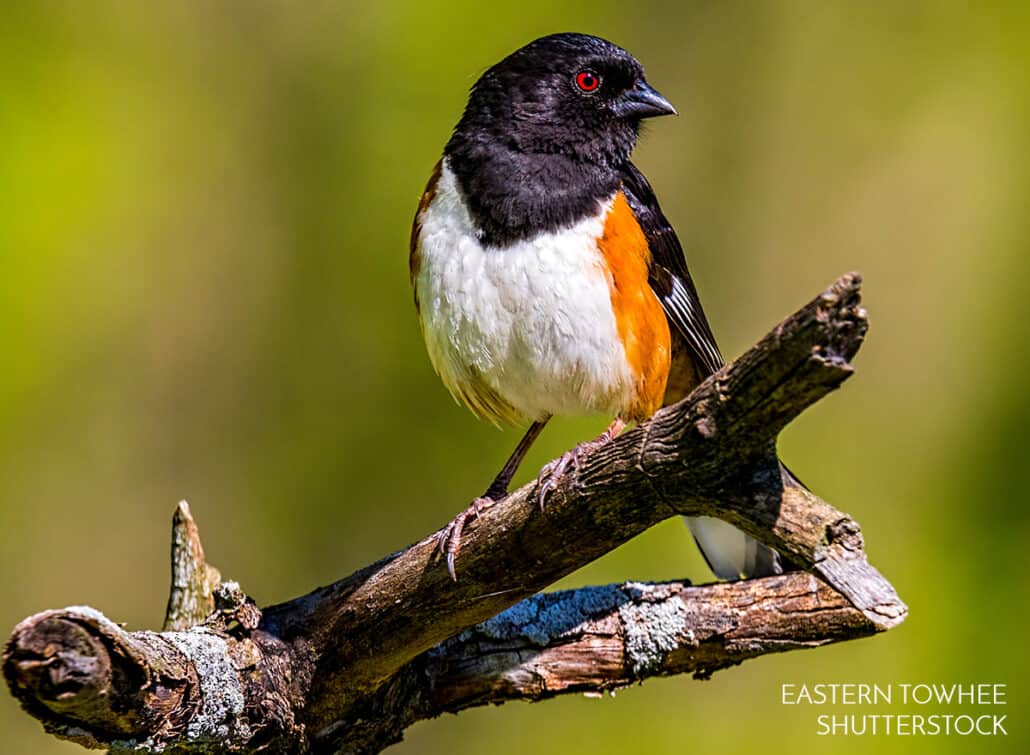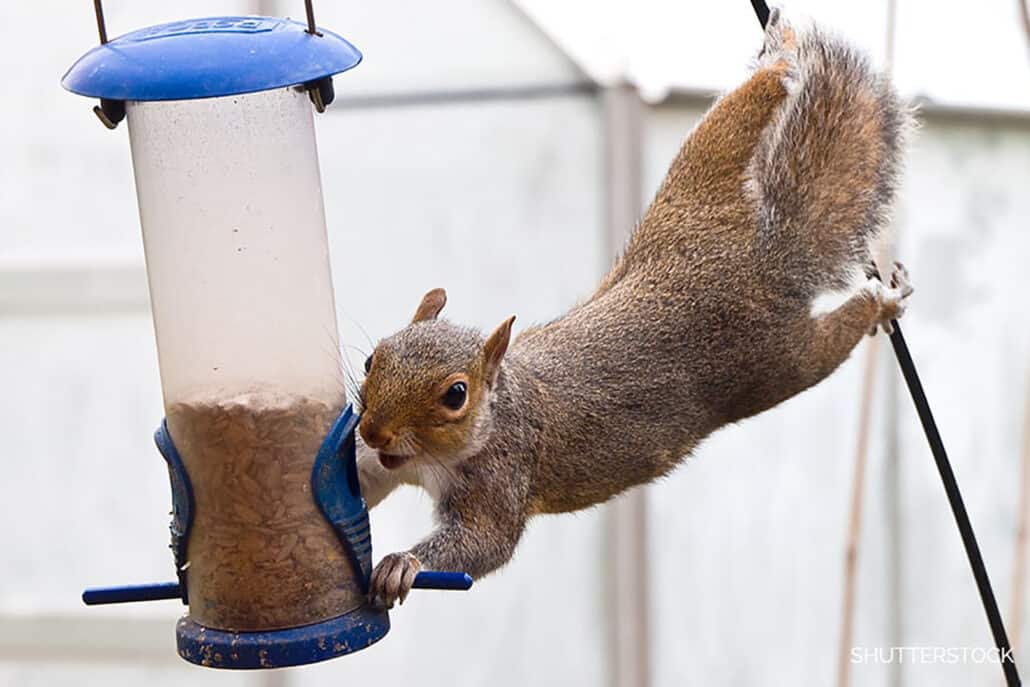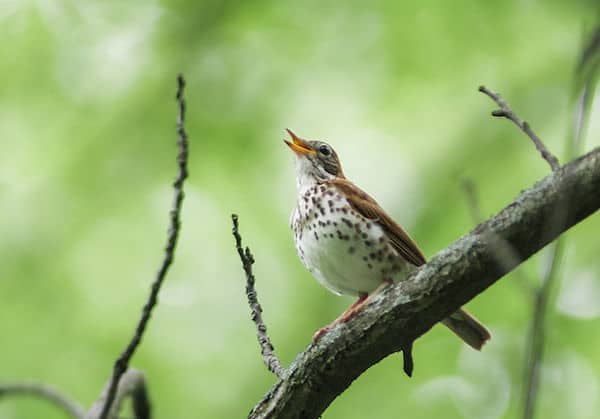Look For
Glossy black overall, with a yellow bill during breeding season, the starling is one of the most familiar birds—not only because it is so common, but because it almost always lives close to human settlements. In winter, starlings are duller overall, covered with white spots (little stars, or “starlings”) and with a blackish bill. In flight, starlings flap their triangular-shaped wings rapidly.
Listen for
In all seasons, starlings are very vocal, displaying an astonishing ability to mimic other bird songs, sirens, voices, barks, or mechanical sounds. Calls include a metallic wrrrsh and pink! (often used when a hawk is sighted).
Find it
Starlings cover the entire North American continent year-round, except for the Far North in winter. In fall they form gigantic, noisy flocks roaming in search of food and roosting sites. Every habitat type can host starlings, but they prefer those altered by humans (farmland, urban, and suburban areas) and tend to avoid remote, pristine habitats except where humans are present.
Feed it
Insects, berries, fruits, and seeds are the starling’s regular diet, but they are highly adaptable—as willing to eat French fries from a dumpster as they are to find bugs in our lawns or suet at our feeders. The starling’s traditional foraging technique is to insert its long, sharp bill into the ground and then open it to expose beetle grubs and other prey.
Nesting Behavior
Starlings are cavity nesters that cannot excavate their own holes, so they use existing cavities, such as woodpecker holes, pipes, crevices in buildings, and birdhouses. Sites are often usurped from other, less aggressive cavity nesters, such as bluebirds or purple martins.
Once a male has a site, a female will help finish the nest—a messy affair of grass, feathers, paper, and plastic. Starlings love to adorn their nest cavities with shiny or colorful things such as coins, bits of plastic, and other birds’ feathers. Between four and six eggs are laid and incubated by both parents for about 12 days. Young starlings leave the nest three weeks later.
WOW!
In 1889, there were no European starlings in North America, yet today—just over a century later—we have more than 200 million. Blame a fan of William Shakespeare. In 1890, a flock of a hundred starlings was released in New York’s Central Park in an attempt to bring to America all the bird species mentioned in Shakespeare’s plays. The adaptable starling soon spread westward in history’s greatest avian population explosion.




